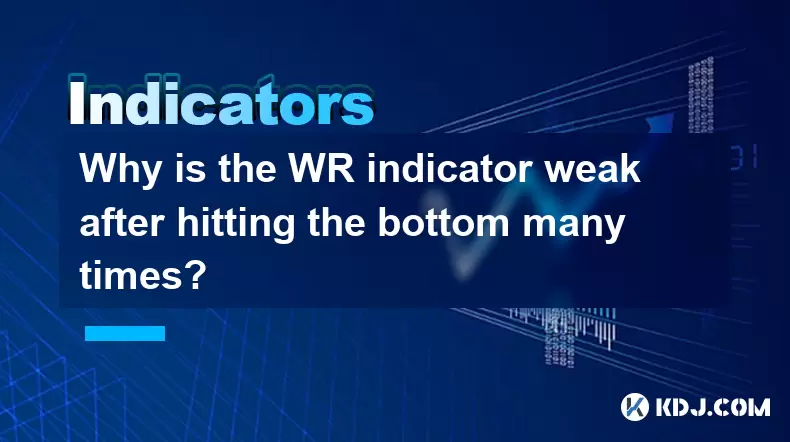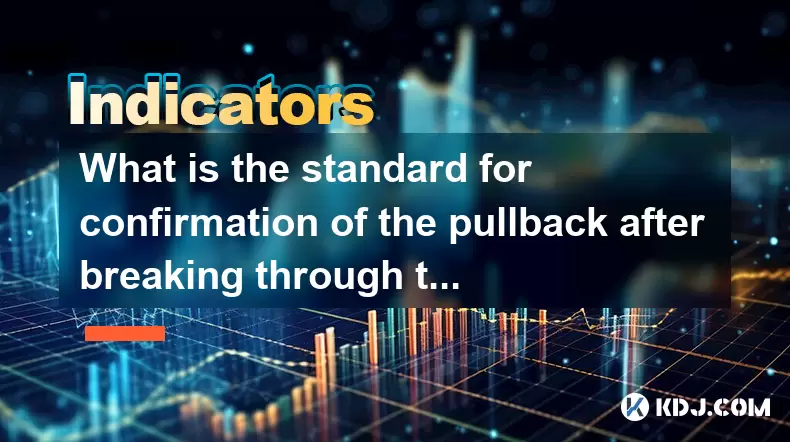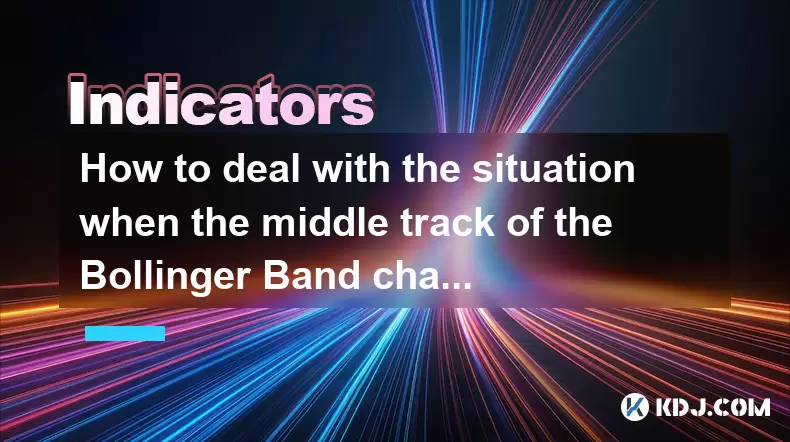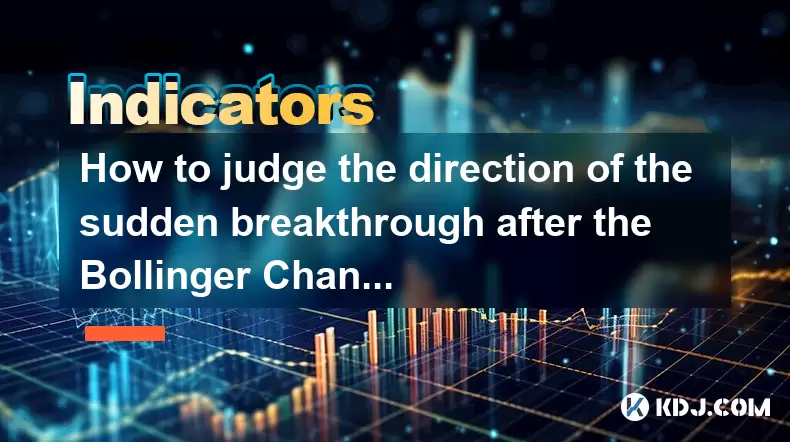-
 Bitcoin
Bitcoin $101,898.5005
-0.75% -
 Ethereum
Ethereum $2,258.1125
-1.07% -
 Tether USDt
Tether USDt $1.0004
0.01% -
 XRP
XRP $2.0178
-2.93% -
 BNB
BNB $624.0243
-1.53% -
 Solana
Solana $134.3298
-0.90% -
 USDC
USDC $0.9999
0.01% -
 TRON
TRON $0.2675
-2.05% -
 Dogecoin
Dogecoin $0.1538
-1.96% -
 Cardano
Cardano $0.5482
-1.11% -
 Hyperliquid
Hyperliquid $35.5636
5.45% -
 Bitcoin Cash
Bitcoin Cash $453.4902
-1.66% -
 Sui
Sui $2.5134
-2.97% -
 UNUS SED LEO
UNUS SED LEO $9.1292
1.77% -
 Chainlink
Chainlink $11.8457
-1.60% -
 Stellar
Stellar $0.2312
-2.73% -
 Avalanche
Avalanche $16.9721
0.29% -
 Toncoin
Toncoin $2.7549
-3.82% -
 Shiba Inu
Shiba Inu $0.0...01081
-1.10% -
 Litecoin
Litecoin $80.8250
-0.71% -
 Hedera
Hedera $0.1374
0.21% -
 Monero
Monero $305.4827
-2.36% -
 Ethena USDe
Ethena USDe $1.0006
0.00% -
 Dai
Dai $1.0000
-0.01% -
 Polkadot
Polkadot $3.2085
-3.12% -
 Bitget Token
Bitget Token $4.0845
-3.13% -
 Uniswap
Uniswap $6.3353
-1.63% -
 Pi
Pi $0.5085
-0.70% -
 Pepe
Pepe $0.0...08913
-3.82% -
 Aave
Aave $232.7090
-0.58%
Why is the WR indicator weak after hitting the bottom many times?
The Williams %R may show weak momentum after repeated crypto bottoms due to recalculating lookback periods and persistent selling pressure.
Jun 23, 2025 at 07:56 pm

Understanding the WR Indicator in Cryptocurrency Trading
The Williams %R (WR) indicator is a momentum oscillator used by traders to identify overbought and oversold levels in the market. It ranges from 0 to -100, with readings above -20 considered overbought and below -80 considered oversold. In the context of cryptocurrency trading, where volatility is high and trends can reverse quickly, understanding the behavior of the WR indicator becomes crucial.
When analyzing price movements, especially after multiple bottoms, it's common for traders to question why the WR indicator doesn't reflect strong momentum despite repeated oversold conditions.
Important: The WR indicator measures recent closing prices relative to the highest high and lowest low over a specified period, typically 14 days.
How Repeated Bottoms Affect Momentum Signals
In crypto markets, when an asset repeatedly hits new lows or tests previous support levels, it may appear that the WR indicator should consistently show strong oversold signals. However, the reality is more nuanced. Each time the price touches a bottom, the lookback period used by the WR recalculates based on the most recent highs and lows.
This means that as the price continues to make lower lows, the range within which the WR operates expands. Consequently, even if the price reaches a new low, the WR may not drop significantly because the recent high might also have moved downward.
- Each new low resets the comparison base for the WR calculation, potentially diluting the strength of the signal.
- Repeated testing of support levels can cause the WR to flatten out rather than spike sharply into oversold territory.
- Market psychology plays a role—if traders expect further declines, selling pressure persists despite technical indicators suggesting oversold conditions.
The Role of Market Structure in Diminishing WR Strength
Cryptocurrency markets are highly sensitive to order flow, sentiment shifts, and macroeconomic factors. When an asset is in a downtrend with multiple bottoms, the structure often reflects weak buying interest and persistent selling pressure.
Under such conditions, the WR indicator may fail to register strong oversold values because:
- Price action lacks conviction—even if the price temporarily bounces, it fails to sustain gains, leading to shallow rebounds in the WR line.
- Volatility compression occurs during consolidation phases, reducing the dynamic range of the WR indicator.
- Time-based smoothing in the WR formula causes lag, so rapid successive bottoms aren't always captured effectively.
Interpreting Multiple Oversold Readings Without Reversals
It's essential to understand that hitting oversold levels multiple times does not automatically translate into a reversal. In fact, during strong bearish trends, the WR indicator can remain in oversold territory for extended periods without triggering a meaningful bounce.
Traders must be cautious about interpreting these signals in isolation. Instead, they should combine WR analysis with other tools such as volume profiles, moving averages, or trendline breaks to confirm potential reversals.
- Oversold ≠ buy signal; similarly, overbought ≠ sell signal in trending markets.
- Multiple WR dips below -80 without price follow-through suggest structural weakness.
- Divergence patterns between price and WR can provide better insight than raw WR values alone.
Practical Steps to Analyze Weak WR Signals After Repeated Bottoms
To better understand why the WR appears weak after hitting the bottom several times, follow this step-by-step guide:
- Step 1: Zoom out on your chart to observe the broader trend and determine whether the asset is in a downtrend or sideways consolidation.
- Step 2: Overlay the WR indicator with default settings (14-period) and note how it behaves across each bottom formation.
- Step 3: Compare WR lows with corresponding price lows to check for divergence or convergence.
- Step 4: Add a volume profile or OBV (On-Balance Volume) to assess whether accumulation is occurring at those bottoms.
- Step 5: Use candlestick patterns near the WR oversold zones to gauge short-term reversal chances.
Frequently Asked Questions
Q: Can the WR indicator be adjusted to give stronger signals during repeated bottoms?
A: Yes, adjusting the lookback period (e.g., using 21 instead of 14) may smooth the indicator and reduce noise. However, changing the period may also delay signals or create false extremes.
Q: Why does the WR sometimes show oversold but the price keeps falling?
A: Because the WR reflects relative position within a fixed window. If the price continues to fall, the new lowest low resets the baseline, making subsequent drops less impactful on the WR reading.
Q: Is the WR reliable for cryptocurrencies compared to traditional assets?
A: The WR works best in range-bound markets. Since cryptocurrencies often experience strong trends and gaps, the WR may produce misleading signals unless combined with other tools like moving averages or Fibonacci retracements.
Q: How do I know if a WR reading is meaningful after multiple bottoms?
A: Look for signs of bullish divergence (price makes lower low but WR makes higher low), increased volume on bounces, or a break above key resistance levels confirming a shift in momentum.
Disclaimer:info@kdj.com
The information provided is not trading advice. kdj.com does not assume any responsibility for any investments made based on the information provided in this article. Cryptocurrencies are highly volatile and it is highly recommended that you invest with caution after thorough research!
If you believe that the content used on this website infringes your copyright, please contact us immediately (info@kdj.com) and we will delete it promptly.
- Cryptocurrencies, Coingecko, and Trending Tokens: What's Hot Now?
- 2025-06-23 23:05:12
- FUNToken: Decoding Past Trends and Getting Started in the Gaming Crypto Sphere
- 2025-06-23 22:25:12
- BTC Price Analysis: Navigating Volatility and the Quest for a New ATH
- 2025-06-23 22:25:12
- Genesis, Bitcoin Mining, and Air-Cooled Miners: A New Era?
- 2025-06-23 22:45:12
- Coinbase's Growth and Resilience: Navigating the Crypto Landscape
- 2025-06-23 22:45:12
- Bitcoin Options Market: Bullish Bets Amidst Geopolitical Jitters
- 2025-06-23 22:51:52
Related knowledge

What is the significance of the gap formed by the gap opening not being filled within five days?
Jun 23,2025 at 09:42pm
Understanding Gaps in Cryptocurrency TradingIn the world of cryptocurrency trading, a gap refers to a situation where the price of an asset jumps from one level to another without any trading activity occurring between those two levels. This often happens over weekends or holidays when the market is closed, and significant news or events occur that impa...

What is the standard for confirmation of the pullback after breaking through the neckline with large volume?
Jun 23,2025 at 11:28pm
Understanding the Neckline in Technical AnalysisIn technical analysis, the neckline is a critical support or resistance level that appears in chart patterns such as head and shoulders, double tops, and double bottoms. It typically connects two or more lows (in the case of a head and shoulders top) or highs (in the case of a head and shoulders bottom). W...

How to deal with the situation when the middle track of the Bollinger Band changes from support to resistance?
Jun 23,2025 at 11:22pm
Understanding the Bollinger Band Middle TrackThe Bollinger Band is a widely used technical indicator in cryptocurrency trading. It consists of three lines: the upper band, the lower band, and the middle track, which is typically a 20-period simple moving average (SMA). Traders often rely on the middle track as a dynamic support or resistance level. Howe...

Does the second golden cross of MACD above the zero axis represent the continuation of strength?
Jun 23,2025 at 08:21pm
Understanding the MACD IndicatorThe Moving Average Convergence Divergence (MACD) is a widely used technical analysis tool in cryptocurrency trading. It consists of three main components: the MACD line, the signal line, and the histogram. The MACD line is calculated by subtracting the 26-period Exponential Moving Average (EMA) from the 12-period EMA. The...

How to judge the direction of the sudden breakthrough after the Bollinger Channel narrows to the extreme?
Jun 23,2025 at 11:00pm
Understanding the Bollinger Channel and Its Narrowing PatternThe Bollinger Channel is a widely used technical indicator in cryptocurrency trading, consisting of three bands: the middle band (a simple moving average), and two outer bands that represent standard deviations from the middle line. When the price consolidates for an extended period, the chann...

Is it effective when the DIF line suddenly crosses the zero axis when the volume is shrinking and the market is trading sideways?
Jun 23,2025 at 07:29pm
Understanding the DIF Line in Technical AnalysisThe DIF line, or the Difference Line, is a critical component of the MACD (Moving Average Convergence Divergence) indicator, widely used in technical analysis across cryptocurrency and traditional financial markets. It represents the difference between the 12-period EMA (Exponential Moving Average) and the...

What is the significance of the gap formed by the gap opening not being filled within five days?
Jun 23,2025 at 09:42pm
Understanding Gaps in Cryptocurrency TradingIn the world of cryptocurrency trading, a gap refers to a situation where the price of an asset jumps from one level to another without any trading activity occurring between those two levels. This often happens over weekends or holidays when the market is closed, and significant news or events occur that impa...

What is the standard for confirmation of the pullback after breaking through the neckline with large volume?
Jun 23,2025 at 11:28pm
Understanding the Neckline in Technical AnalysisIn technical analysis, the neckline is a critical support or resistance level that appears in chart patterns such as head and shoulders, double tops, and double bottoms. It typically connects two or more lows (in the case of a head and shoulders top) or highs (in the case of a head and shoulders bottom). W...

How to deal with the situation when the middle track of the Bollinger Band changes from support to resistance?
Jun 23,2025 at 11:22pm
Understanding the Bollinger Band Middle TrackThe Bollinger Band is a widely used technical indicator in cryptocurrency trading. It consists of three lines: the upper band, the lower band, and the middle track, which is typically a 20-period simple moving average (SMA). Traders often rely on the middle track as a dynamic support or resistance level. Howe...

Does the second golden cross of MACD above the zero axis represent the continuation of strength?
Jun 23,2025 at 08:21pm
Understanding the MACD IndicatorThe Moving Average Convergence Divergence (MACD) is a widely used technical analysis tool in cryptocurrency trading. It consists of three main components: the MACD line, the signal line, and the histogram. The MACD line is calculated by subtracting the 26-period Exponential Moving Average (EMA) from the 12-period EMA. The...

How to judge the direction of the sudden breakthrough after the Bollinger Channel narrows to the extreme?
Jun 23,2025 at 11:00pm
Understanding the Bollinger Channel and Its Narrowing PatternThe Bollinger Channel is a widely used technical indicator in cryptocurrency trading, consisting of three bands: the middle band (a simple moving average), and two outer bands that represent standard deviations from the middle line. When the price consolidates for an extended period, the chann...

Is it effective when the DIF line suddenly crosses the zero axis when the volume is shrinking and the market is trading sideways?
Jun 23,2025 at 07:29pm
Understanding the DIF Line in Technical AnalysisThe DIF line, or the Difference Line, is a critical component of the MACD (Moving Average Convergence Divergence) indicator, widely used in technical analysis across cryptocurrency and traditional financial markets. It represents the difference between the 12-period EMA (Exponential Moving Average) and the...
See all articles
























































































